”Paris est si petit pour les gens gens comme nous qui s’aiment d’un aussi grand amour” ( Children of Paradise )
Children of Paradise was conceived as a film spectaculaire in the fullest sense of the term. It is a film about seeing and being seen in a world where the common distinctions between street life and theater, audience and actor, reality and illusion crumble as each crosses over and feeds upon the other, each finding itself reflected in the other.Its finding and losing the lost Arcadia and the yearn, anguish and poetic journey to recover it. Images are rearranged and juxtaposed so that time bleeds into different tenses and the real and unreal coexist. Like the Carla Bruni video on YouTube; a spicy interview laced with sex tips, her relationship with Sarkozy reflects some of the plot of Marcel Carne’s classic set in the 1820’s. Bruni was pursued by many and chose wealth and power as ”Garance” in the film. Perhaps she also wears the pant-s-o-mime in the couple as well. The mimetic arts may simply be a metaphor for the individual in his real life, protected by the whiteface. As in Carne’s film, Bruni’s life might just be a question of destiny….
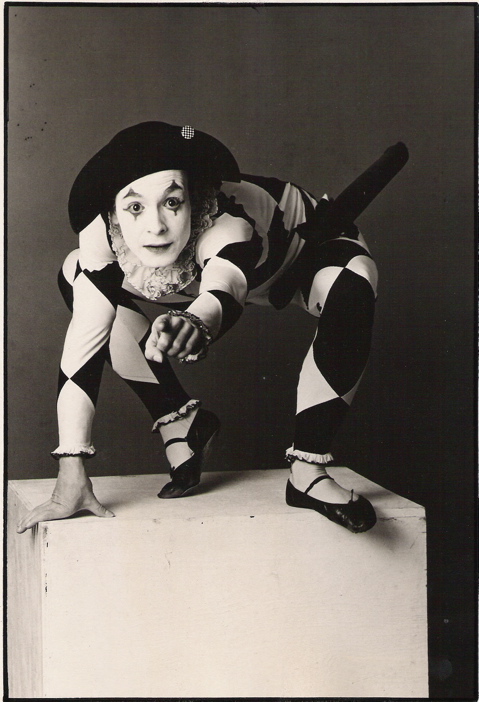
www.amoeba.com Eric Brightwell.''Mime has its roots in ancient Greece but most conventions of modern mime were developed by the Bohemian mime, Jean-Gaspard Deburau, who adapted aspects of the commedia dell'arte for nineteenth century French actors. His most famous character was Pierrot, the moonstruck, dumb romantic in white face and poofy threads. He was portrayed in Marcel Carné's Les Enfants du Paradis. In the 1920s, Étienne Decroux created a highly original take on mime, focusing on statuary poses, a technique known as corporeal mime.
”…destiny can be exhibited directly in other ways, and can affirm a pure power of time which overflows all memory, an already-past which exceeds all recollections: we are not just thinking of expressionist figures of blind men or tramps with which Carné’s work is strewn, but of the immobilizings and petrifications in Visiteurs du Soir, or the use of mime in Les Enfants du Paradis, and more generally of light, which Carné uses in the French style – luminous grey which passes through every atmospheric nuance and constitutes a great circuit of the sun and moon.[Deleuze Cinema 2, 1989: 46-47]
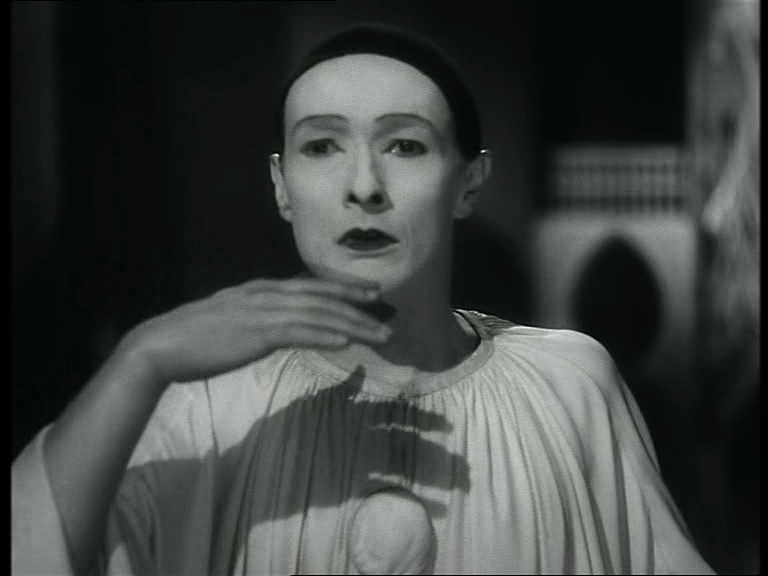
''The original title of Prévert's script was "Funambules." Much of the film does, in fact, deal with the Théâtre des Funambules, the home of acrobats and tightrope walkers, as well as the showplace for Deburau's new brand of pantomime. The movie's very first image of a funambulist going his perilous way on a tightrope pointedly condenses the film's primary message of life as a risky adventure played out along a tenuous wire of destiny. But by focusing attention primarily on the performer, the title "Funambules" fails to convey the fusion of the two essential presences of performer and spectator that encompasses every component of the film. ''
A fresco conceived on a majestic scale, Children of Paradise sweeps its audience back to the 1820s, painting the detail of a world obsessed with both theater and crime. The original screenplay by Jacques Prévert drew its inspiration from such colorful personalities of the period as Jean-Gaspard Deburau, the innovative mime; Pierre-François Lacenaire, a murderer who went to the scaffold; and Frédérick Lemaître, a celebrated actor for whom both Alexandre Dumas and Victor Hugo wrote plays. Jean-Louis Barrault, fascinated by the character of Deburau, Baptiste in the film, urged Prévert to develop a story around him. The result was a tightly plotted narrative dominated by the fictional figure of Garance, played by the inimitable Arletty, a woman who arouses the passion and envy of the film’s four leading men….
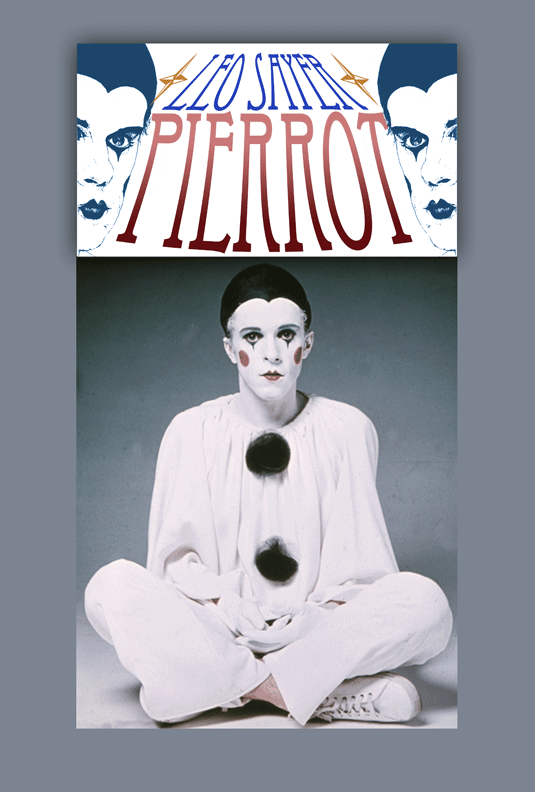
leosayer.com . Leo Sayer. ''Leo came on the show dressed as the Pierrot and such was the reaction to his performance, the entire business noted that a new star was born. Leo went on a British and European tour supporting Roxy Music, now appearing on stage dressed as the Pierrot (19). His wife Janice made the costumes and applied his make up, and they were quite inseparable. ''
When the film is analyzed through a study of details and component parts, it is difficult to pinpoint where its greatness derives from. Structurally, the film is flawed. The two part format which the film adopts creates a void halfway through the film which disrupts the flow of the narrative and makes it a bit tricky to pick up the story. The second part of the film has an ending which appears a bit forced and impatient, giving the impression that a third segment was torpedoed . That none of this makes a hoot of difference at all to the film’s impact and standing is quite remarkable and reinforces the impression that where the film exceeds it exceeds exceptionally.
First and foremost , the film is visually very impressive and authentic reflecting careful historical research. The opening scenes on the Boulevard du Temple, with a magnificent reconstruction of early 19th Century Paris, filled with merchants, street entertainers and passers by, is quite stunning. Equally engrossing are the theatre scenes, with as much attention devoted to what is happening in the stalls and balconies as to what is appearing on the stage.
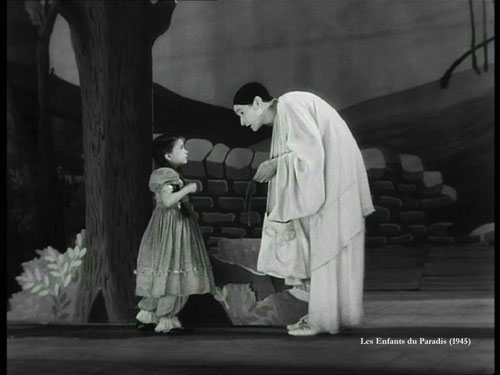
'' By executing the finest mime work ever filmed, Barrault confirmed that, like his idol Deburau, he could be as successful with mass audiences as with critics and sophisticated connoisseurs. This becomes all the more moving in light of the fact that Baptiste's cantankerous father, Anselme, is portrayed by the great French actor Etienne Decroux. Like Deburau in the nineteenth century, Decroux was single-handedly responsible for this century's revival of pantomime. His two most notable pupils were Jean-Louis Barrault and Marcel Marceau.''
Secondly, the script is terrific. Possibly the writer Prévert’s greatest achievement, it shines by restraining some of his doom-laden and tragic impulses that are his trademark. The standard of writing never wavers, walking a tightrope between popular craft and underground art. The dialogue is poetic and intelli
, but so full of humanity and poignancy that it delights rather than bores its audience.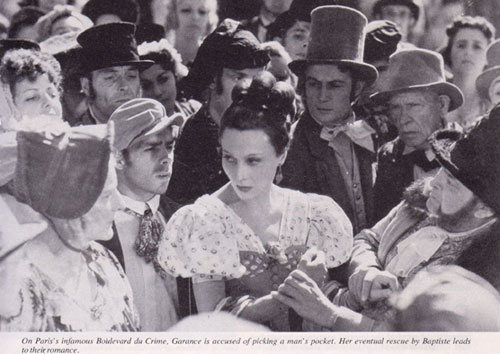
''On a January evening in 1943, France's most renowned director-scriptwriter team was strolling along the Promenade des Anglais in Nice. By a coincidence that would prove to be as momentous as the fateful encounters of characters in their films, Marcel Carné and Jacques Prévert ran into their old friend Jean-Louis Barrault. Little did they know that this fortuitous meeting was about to trigger a chain of events that would culminate in Les Enfants du paradis (Children of Paradise), the movie which the French Academy of Cinema Arts and Techniques designated this year (1979) as "the best film in the history of talking pictures in France."
… the film benefits from some exceptional acting performances. Arletty is captivating, her performance as the strong-headed Garance an astonishingly radical departure from the traditional romantic heroine of the time. Pierre Brasseur is ceaselessly entertaining in the role of the whimsical seducer Frederick, the perfect complement to Arletty’s flighty Garance. ( James Travers )
The origins of the film were based on Barrault’s fascination with the famous nineteenth-century Parisian mime Jean-Baptiste Gaspard Debarau. Walking one day with his sweet heart in the popular theater district known as the “Boulevard du Crime,” Debaurau was approached by a drunken rogue who repeatedly insulted his girlfriend. Debaurau, attempted to contain his anger, but finally could no longer tolerate the abuse. He brandished his walking stick and smashed the drunk on the head so violently that he fell dead.More remarkable than this event, however, was its aftermath. For all of Paris tried to gain entrance to the murder trial in order to hear — for the very first time — their great mime speak.
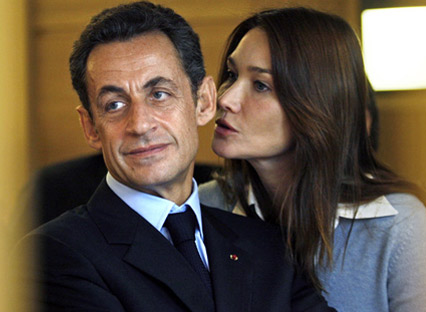
''She came into the studio carrying copies of the Hot International love and sex guides, available in seven European languages. The guides were useful, she said, because everyone was travelling so much and meeting new people. "We must know what to tell them in case we get into bed with them," she said. Under gentle goading from the show's hosts, she proceeded to give viewers the German and Italian for "You get me very hot!" and the Spanish for "Do you like my titties?" She then asked "How would you like to know how to say, 'Put your finger in my bottom'?" Read more: http://www.thefirstpost.co.uk
Alas, this was Paris in Vichy France and Goebbels dominated the film business, and flooded the market with trivial entertainment; leading to Prevert and Carné to agree to abandon the original anecdote. But he was intoxicated by the idea of recreating on film the acrobatics, sideshows, vaudevilles, and melodramas that were performed along the crowded Boulevard du Crime during the monarchy of Louis Philippe. While Prévert remained on the Riviera to conjure up a new story, the more impetuous Carné rushed to the Musée Carnavalet in Paris. He dug deep into its superb collection of etchings, costumes, and curios that trace the capital’s history. What he discovered surpassed his fondest expectations. He had found all the raw material from which to fashion the lavish, teeming street life that inundates the screen in the breathtaking opening sequence of Children of Paradise.
Upon his return to the coast, Carné learned that his scriptwriter, too, had been unable to keep from mulling over Barrault’s idea. Prévert had even begun to research other historical figures of the period, such as the great romantic actor Frederick Lemaître and the notorious dandy assassin Lacenaire. Determined to sustain this long-awaited pitch of excitement, Carné moved into Prévert’s farmhouse at Tourette-sur-Loup, near Nice, where they worked assiduously on the screenplay for six months.
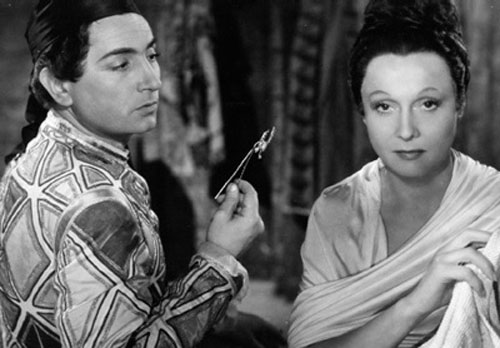
Eadward Turk: ''Much less droll, however, was the reality of crew members being hunted down by gestapo agents. This was the case with the film's original production manager, who, unknown to anyone at the time, was also an important Resistance leader. One day, after learning of "official" inquiries about him in the front office, he precipitately fled the studio through a rear costume room. He never returned. ''
From the outset the filmmakers sensed that the length of their film would exceed conventional standards. Bent on amplifying the plot convention of their earlier serious works (Jenny, Port of Shadows, Le Jour se lève), in which the separate lives of individuals suddenly become inextricably joined, they sought a cinematic equivalent to the narrative shape, fullness of scope, and profusion of detail found in the monumental novels of Balzac and Eugène Sue. But they also wanted to depict each of their performer-protagonists in the very act of displaying his talent.
Deleuze Cinema Project : ”Deleuze writes that destiny is exhibited in one of time’s pure powers: it can be an already-past that overflows all memory and exceeds all recollection. Baptiste never saw Frédérick and Garance together before the play. So Baptiste would have no way to recall Frédérick’s and Garance’s romance. Yet such a similar romance is the theme of the play that Baptiste leads. And also, this play foretells what is destined to come: Baptiste’s profound sorrow.
So here Baptiste’s destiny is played-out in a way that enables him to ‘recall’ something he never first had in his memory. He does so implicitly by playing a character who sleeps while Frédérick’s character romance’s Garance’s character. As an actor, he knows the full plot of the story he plays. Then seeing Frédérick and Garance together causes him to see that this part of the plot is in fact a real event in his own life-story. While playing the early scene, he knows that the played story goes this direction. He knows that is the destiny of the story. And then this destined outcome is actually an event in his own past, that he could never really recall, but now can indirectly reconstruct in his imagination by seeing that the played romance is the same as the real romance. So it is destiny expressed as an ‘already-past’ that overflows all memory and recollection.]”


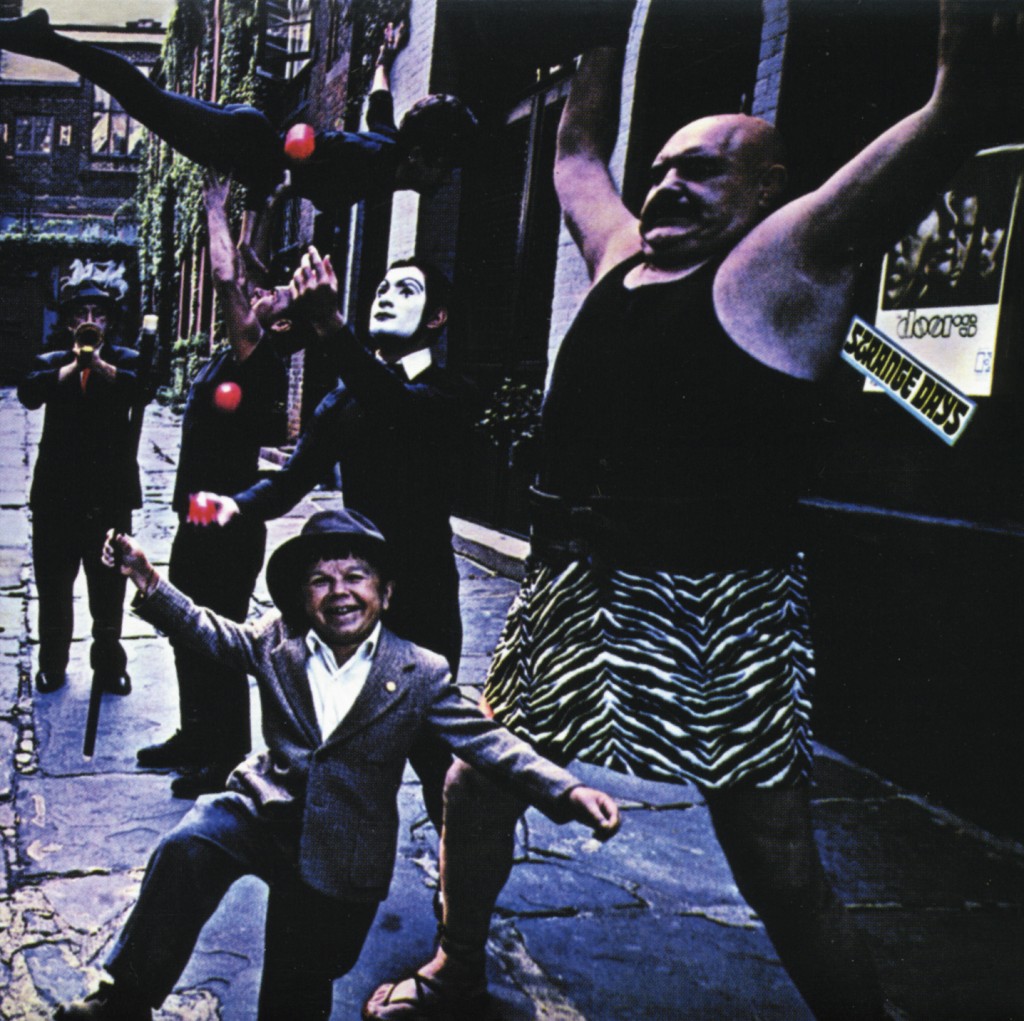



 COMMENTS
COMMENTS
The photo above of the Harlequin is NOT Etienne Decroux! This is my husband MARK JASTER! He studied with Decroux. But this is a photo of Mark Jaster taken by Ruven Afanador.